The life and death struggle of LIONEL SANDERS, the world’s realest triathlete
By Ben Kaplan
The walls in the room where Lionel Sanders trains are painted yellow to replicate the sun. Sanders, the 28-year-old from Windsor, Ontario, spends three hours-a-day here running on a half-broken treadmill, yelling at himself, cursing, and trying hard to appreciate every ounce of strain. In November, Sanders set the new Ironman World Record in Arizona, completing the 3.9 kilometre swim, 180 kilometre bike and 42.195 kilometre run in 7:44:29, 90 seconds faster than it’s ever been done before.
The accomplishment is extraordinary, given any circumstances. But Sanders, who is self-coached, trains alone and wears two-year-old bike shoes despite the fact that his sponsors give him thousands a year in specialty clothing, crafted his starting line out of desperate necessity. Ravaged by years of drinking and drugs, Sanders hit rock bottom in 2009, alone in his garage, contemplating suicide.
“I didn’t feel comfortable with myself unless I was on some sort of drug or drinking and I went into a real dark place,” says Sanders, who is friendly and smiles easily but contains a certain coiled energy that makes a strange explosiveness appear buried just beneath his tattooed skin. “In my family, there’s a history of mental illness, specifically induced by drug use and amphetamine-induced psychosis and, eventually, I was having trouble differentiating reality from what was in my mind.”
As a kid, Sanders ran track and played sports in high school—his mom ran and his dad lifted weights—and he says his addiction didn’t come from any deeply-held emotional abuse. Rather, he fell in with a crowd of dangerous party animals and found himself enjoying the good times until they became something else: you’re no longer partying when you don’t have a choice. He dropped out of school; became addicted to coke and one day walked alone into his garage, preparing to bring on his death.
It was a vision of his mom reacting to his suicide that drove Sanders back in the house.
“My mom always blamed herself for my condition, as if she did something wrong, but the reality is that I had a great upbringing, she didn’t do anything,” says Sanders in his tidy living room, balloons from his mother congratulating him on his world record above his head. “Even sitting there at my lowest moment—and I was definitely thinking about suicide, I did go into the garage with that intention—I knew that if I ended my life I’d be ending her life and I just said: ‘That’s not the answer. That’s not the way out.’ And I walked out of the garage, enrolled in some local running races and all of the sudden, there was this whole new community.”
The running community, where his mom is a member, welcomed him with open arms. “Running helps you realize what you’ve got,” says Becky Sanders, a triathlete, 4-time Boston-finisher and nurse. “Running helps you express gratefulness and today Lionel lives his life that way; running reminds you to hang on, to not lose faith and it nurtures hope.”
With the encouragement of his mom, Sanders entered his first triathlon in 2010. He had a breakthrough performance in 2014. And perhaps more important than his finishing times was that, despite one relapse on New Year’s Eve, 2011, he never returned to drinking or drugs.
“It would take one hit and I’d be back so fast and I hated that life and I hated myself and I don’t hate myself now, that’s my motivation,” he says. “That’s why I don’t go back there and that’s part of what helps me train—getting through the rough patches is part of the game. If you experience adversity, you become stronger.”
There’s no doubt that Sanders is among the strongest athletes in Canadian sport, relying on his natural gifts and ability to work hard in lieu of scientifically-honed technique. He’s an excellent cyclist, though he has an unorthodox style that he’s constantly refining. Teaching himself about torque and aerodynamics, he figures he can get more power into each pedal rotation given his physique. The running portion of his triathlon is his competitive advantage and when he broke the record in Arizona, he ran the marathon in a fierce positive split, hitting the halfway mark in 1:18:15. (This year in Boston, he aims to pace his mom to a 3:30). Swimming is where Sanders needs the most improvement and to put power to action, he’s now training with the Windsor Aquatic Club five times-a-week. He thinks he hasn’t gone as fast as he can yet and he points to his Arizona experience as proof. During his run, which is the Ironman’s last portion, he hit the wall around 35 kilometres and mentally had given up. It wasn’t until he saw his fiance, Erin MacDonald, who urged him forward, that he picked up his pace and become the fastest Ironman of all-time.
“The thing Lionel has more than anyone else is a relentless desire to push himself,” says MacDonald, herself a weightlifter and Ironman. “When it comes down to a race it’s about who can suffer the most. If you can’t suffer, you’re not going to win and Lionel—maybe it’s a bi-product of his past—what he has is intense and something that you can’t teach.”
This hunger to improve his times, to get the most out of his body, to push himself to the very limit of what he can endure is what he says he loves most about sport. He relays an anecdote that any runner can appreciate: how a peer of his has said that during competition he had secretly hoped to be hit by a car just to end the agony of the race. What drives Lionel Sanders is pushing himself to that very moment, then deciding to fight on.
“That’s the moment I live for—when the voices are screaming to crash into the wall, get injured for the rest of the season, just so we don’t have to do it—you’re never more alive and aware of your existence than at that time,” Sanders says. “Whatever’s behind that, your soul or whatever it is driving you, to get in touch with that, that’s what I love about sport. Nowhere else in my life do I get that sensation I want.”
Balloons still waft around the ceiling of Lionel and Erin’s tidy house in Windsor and there’s a wedding to plan, a dog to look after and more races to run. Both Erin and Lionel’s parents travel with them to races when possible, his mom Becky competing with him when she can, and the future looks bright for Canada’s Ironman champion.
He’s not completely straight-edge—he’ll have the odd glass of wine or pint following a big race—and he’s not part of any recovery program. He calls himself a lone wolf. What he does do is walk into his little room with its yellow walls and peels of his shirt and turns on his music and trains, sometimes as much as three times-a-day. It’s a quest to find the sensation he needs. A way to focus his gift.
“I’m a true believer that when you decide to walk in a direction so many stars align—the universe conspires to get you towards where you want to go, but only if you give yourself to it 100 percent,” Sanders says. “There was no doubt that I was going there with the triathlon and I went there and I’m going there—very fast.”
Ben Kaplan is the General Manager of iRun magazine.





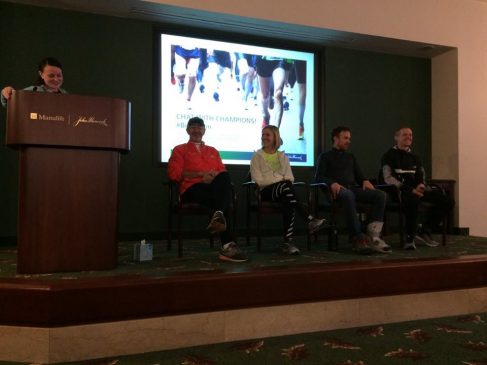




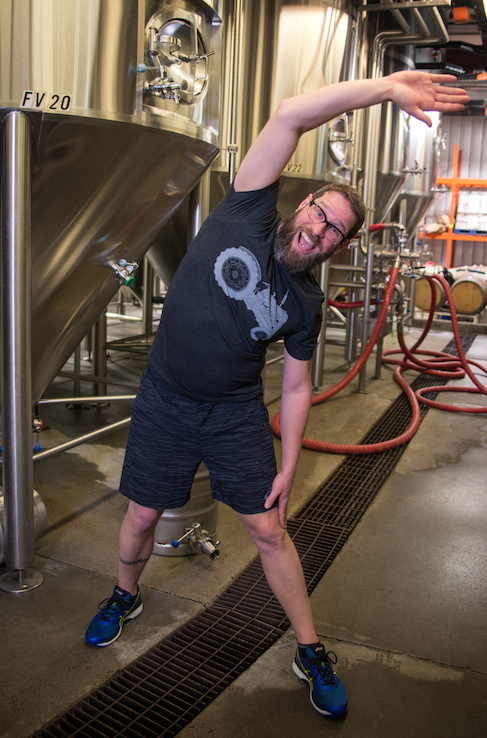
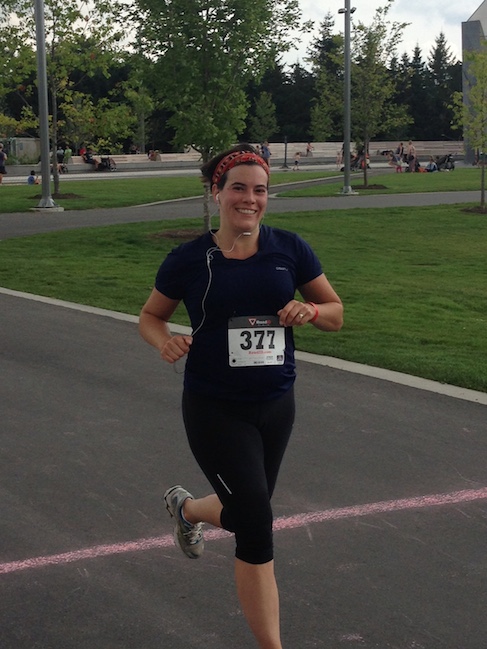
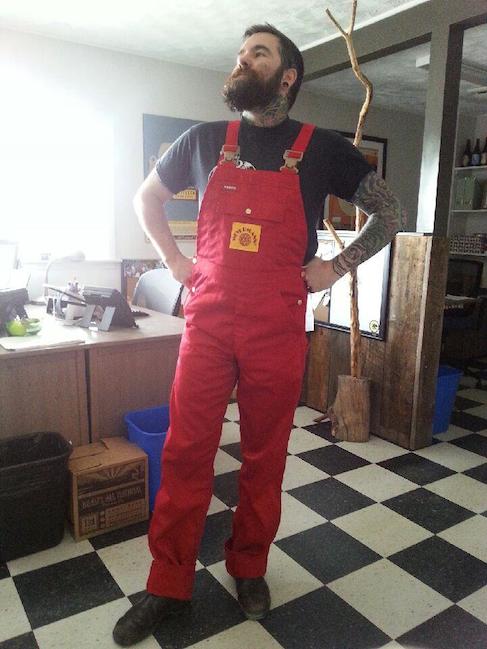
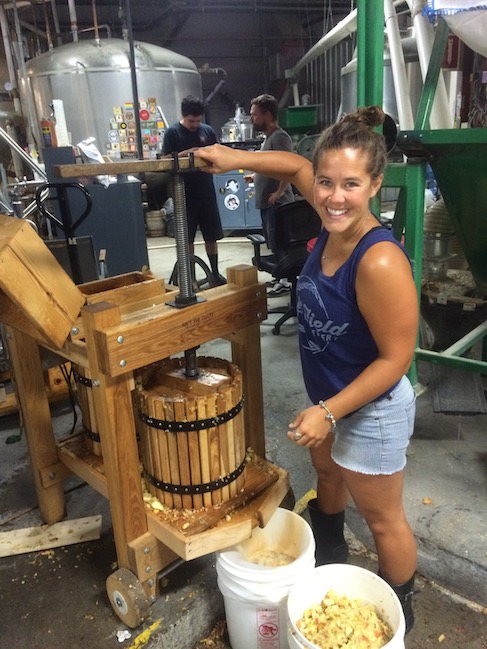
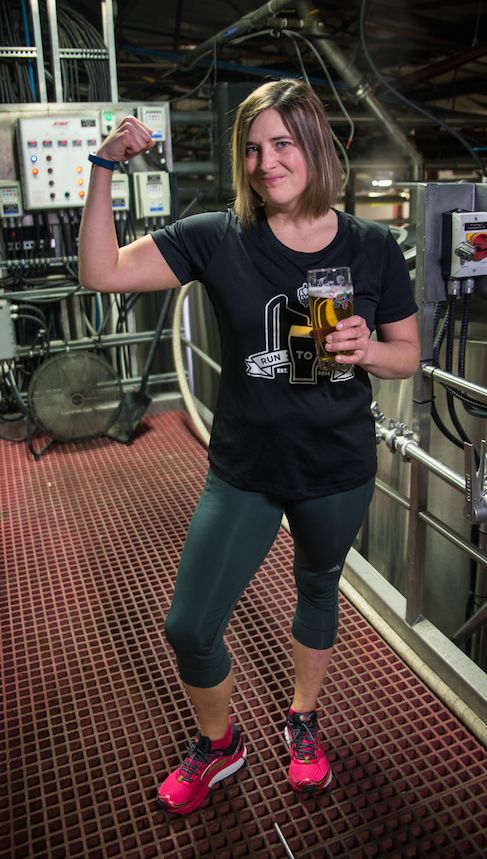




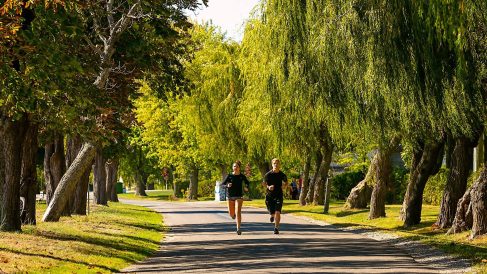

 Our Magazine
Our Magazine
